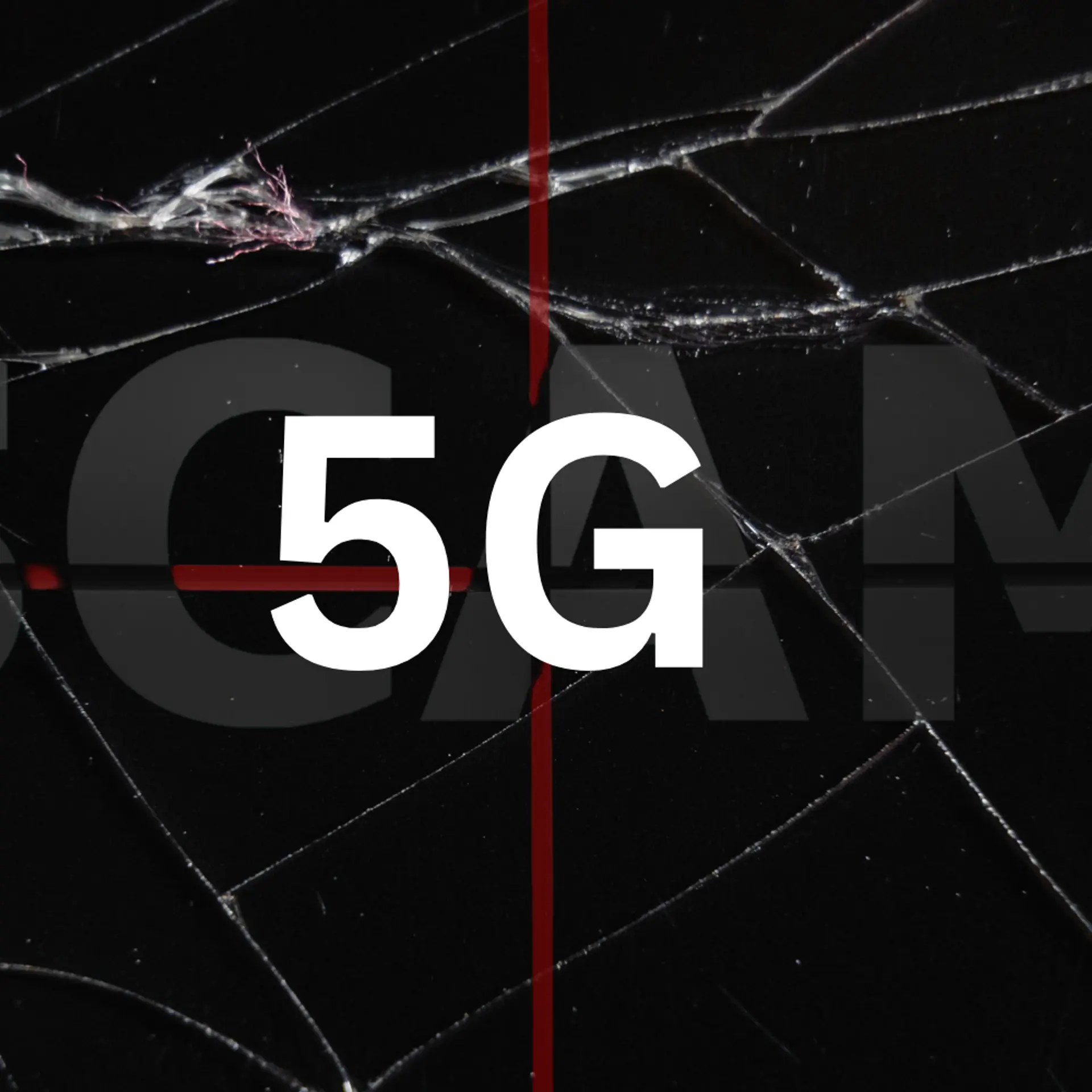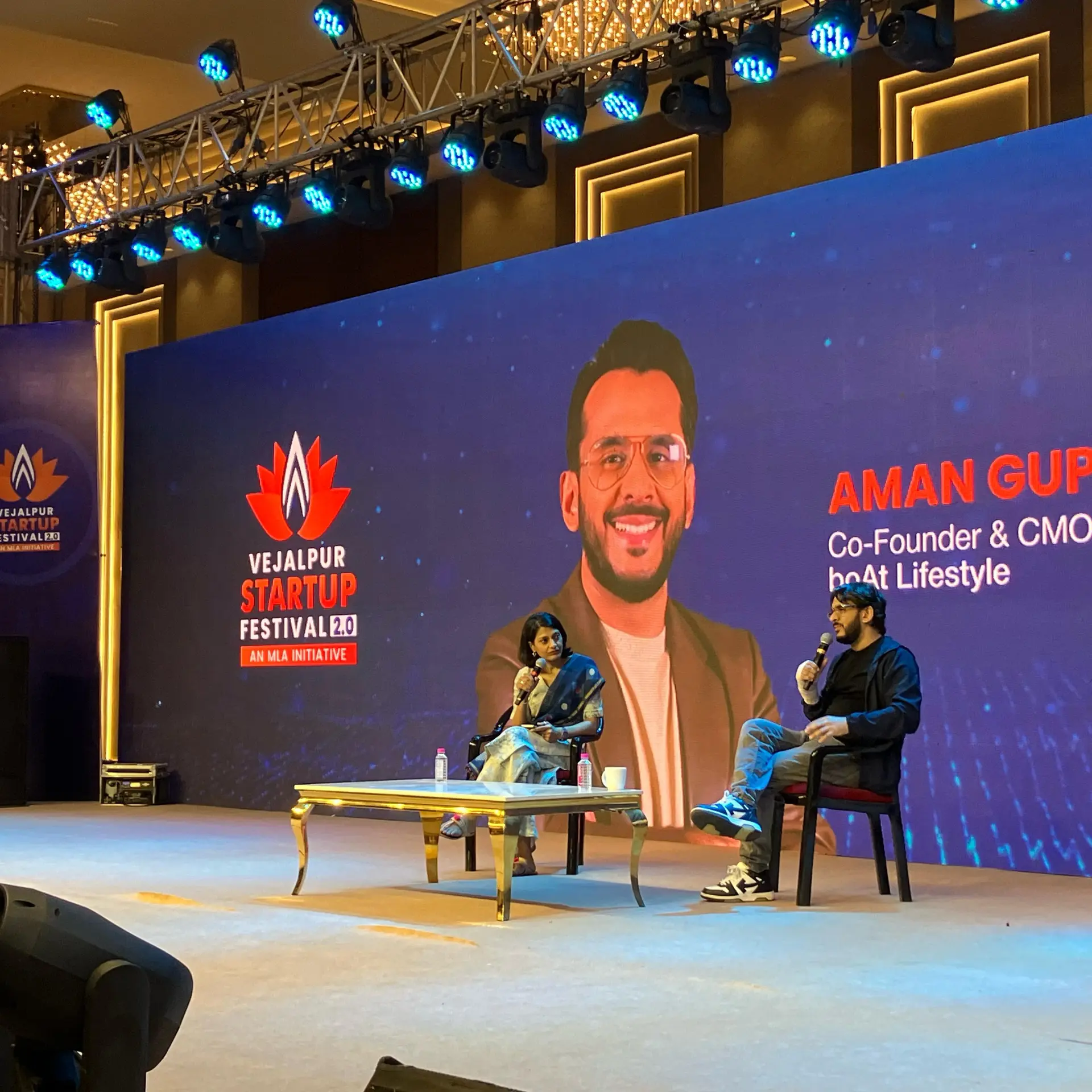
Have you ever wondered why a few companies become huge behemoths while some remain small, within the same industry and sector?
As a nation, we pride ourselves on the extraordinary talent pool and entrepreneurial acumen of our youngsters. Yet the fact remains that till date we have a very few billion dollar start-ups and even fewer large product companies; even though we have a sizeable number of companies that have been founded and funded over the past two decades.
The primary reason for this, in my belief, is that the birth characteristics of a start-up define its ultimate destiny. The key character that defines the growth of the company is whether the entrepreneur has given birth to a baby or a dwarf. At birth, both look very similar but their growth trajectory is very different – one has the in-built mechanism to grow while the other remains stunted. Simply speaking, while some entrepreneurs conceptualize and give birth to a baby that in due course of time grows into a strong and empowering company, others do not take confident strides in this formative stage and therefore execute a venture that at best remains small for the rest of its life.
As an entrepreneur, there are three important ingredients to consider while starting a company to ensure that you are giving birth to a strong and healthy baby.
The Vision
Vaatsalya Hospitals is the largest network of hospitals in the smaller towns of India, a feat many others tried and couldn’t achieve. Ashwin and Veeroo didn’t start with a single hospital, then build another and then waited until it was successful before they opened another. Rather they envisioned a 50 hospital chain that would provide affordable yet quality healthcare in the markets where none existed.
The Meriam-Webster dictionary defines the term “vision” as a thought, concept or an object formed by imagination. A company can be as big or as small as the imagination of the entrepreneur. The vision, aspirations and dreams of the entrepreneur defines whether it will be small and beautiful or a large and growing company. An entrepreneur, while starting to think of the contours of her/his idea/company must be able to define what kind of company s/he envisions over the next five to 10 years and then work backwards to the starting point.
The Moat
Saumil and his team have been pioneers in imagining and conceptualising Edusports as a company which will enable people to play sports – albeit recreational sports. As expected, since the launch and success of Edusports, there have been many more companies started in this field. Similarly, even though redBus was the first to start bus ticketing, there have been many others who launched similar services.
The reason Edusports and redBus have been more successful than their competitors , is not because of any patent or technology. It is because they have built a moat around their idea – a moat in the form of people – co-founders, core management team. This moat, made up of people, is impregnable and is often the biggest strategic advantage that a company can and will have and the advantage that help it sustain its growth into adulthood.
While choosing the team – whether in the form of co-founders or core management team; it is important that the team have the same passion about the idea and alignment on value system. A complementary skill set would be a big boon but if you have to choose between attitude and skills, then it is better to choose attitude than skills.
The Plumbing
When India got its independence in 1947, many naysayers thought that a poor country like India will not remain democratic and in fact, many thought that it might even disintegrate. India was a force fitted agglomeration of kingdoms that far exceed the number of countries in Europe today. Despite all the setbacks, India has remained a strong union and thrives in many ways. There are many reasons for India’s survival and growth but the main ones are the plumbing that we inherited from the British and the vision of our founding fathers. The building blocks included a strong judiciary, bureaucracy, infrastructure and universal suffrage. In a similar fashion, for a company to not remain small, it must create a strong frame within which its plumbing is well laid out – in the form of processes for hiring, training, retaining, decision making, appraisals, etc.
Today India is a land of entrepreneurial opportunities. There are many problems that only entrepreneurs with their innovative minds and limitless energy can solve. While you are thinking of a start, imagine a giant. As Albert Einstein said, the true sign of intelligence is not knowledge but imagination. So, go on. Imagine.

About the author
Bharati Jacob is a founder- partner of Seedfund, one of India’s leading early stage investors
[The article was originally published on Economic Times]







